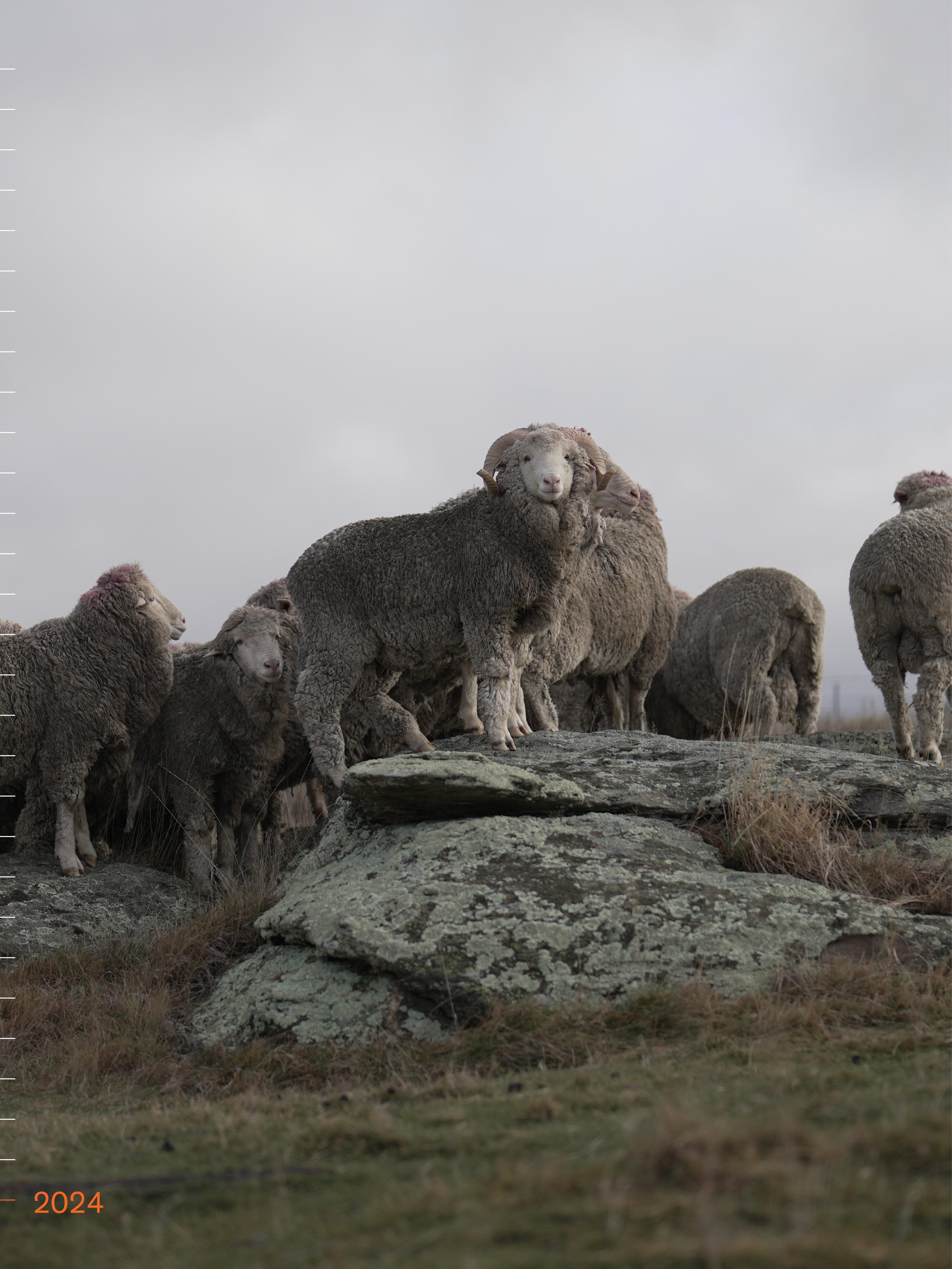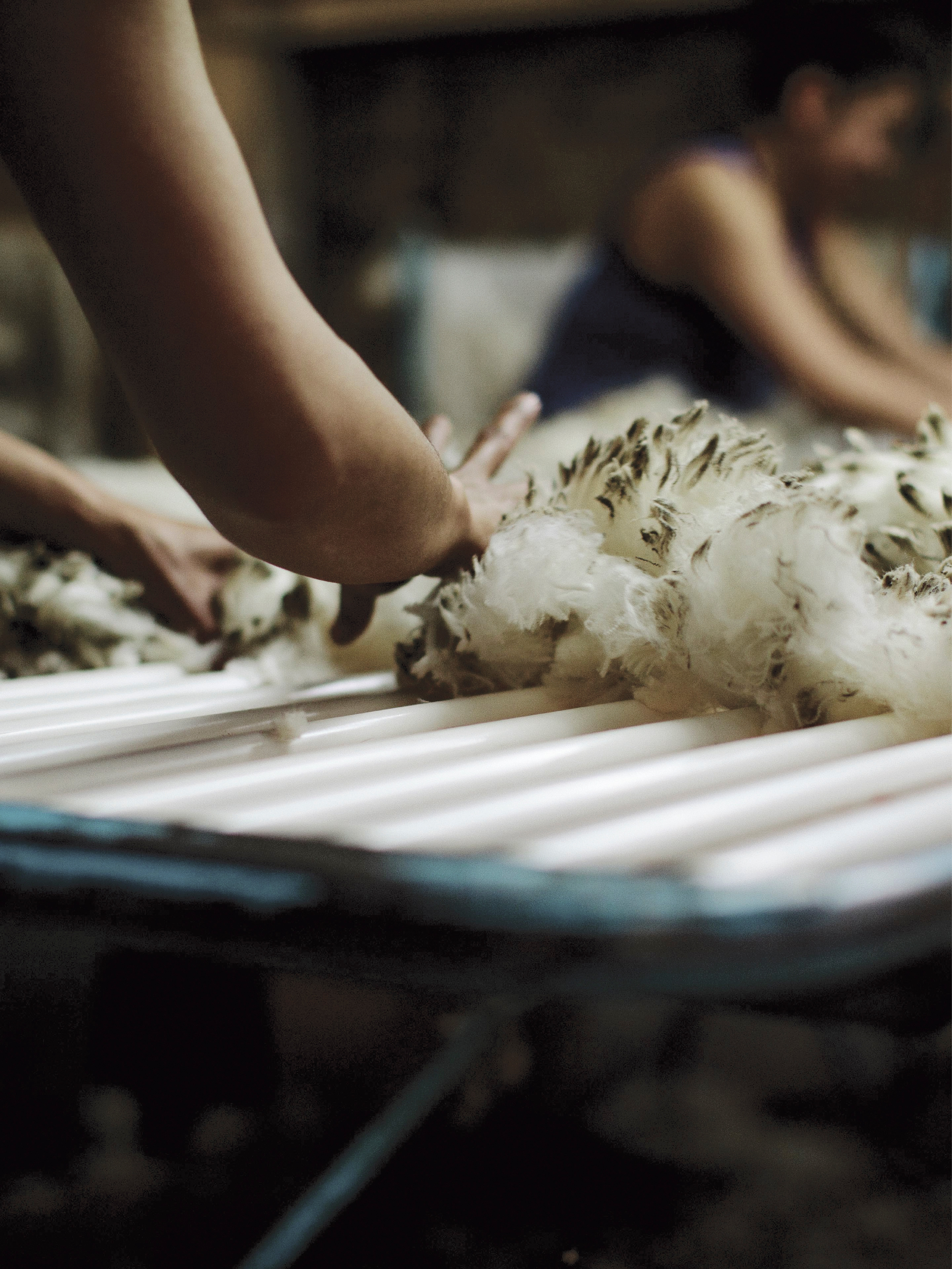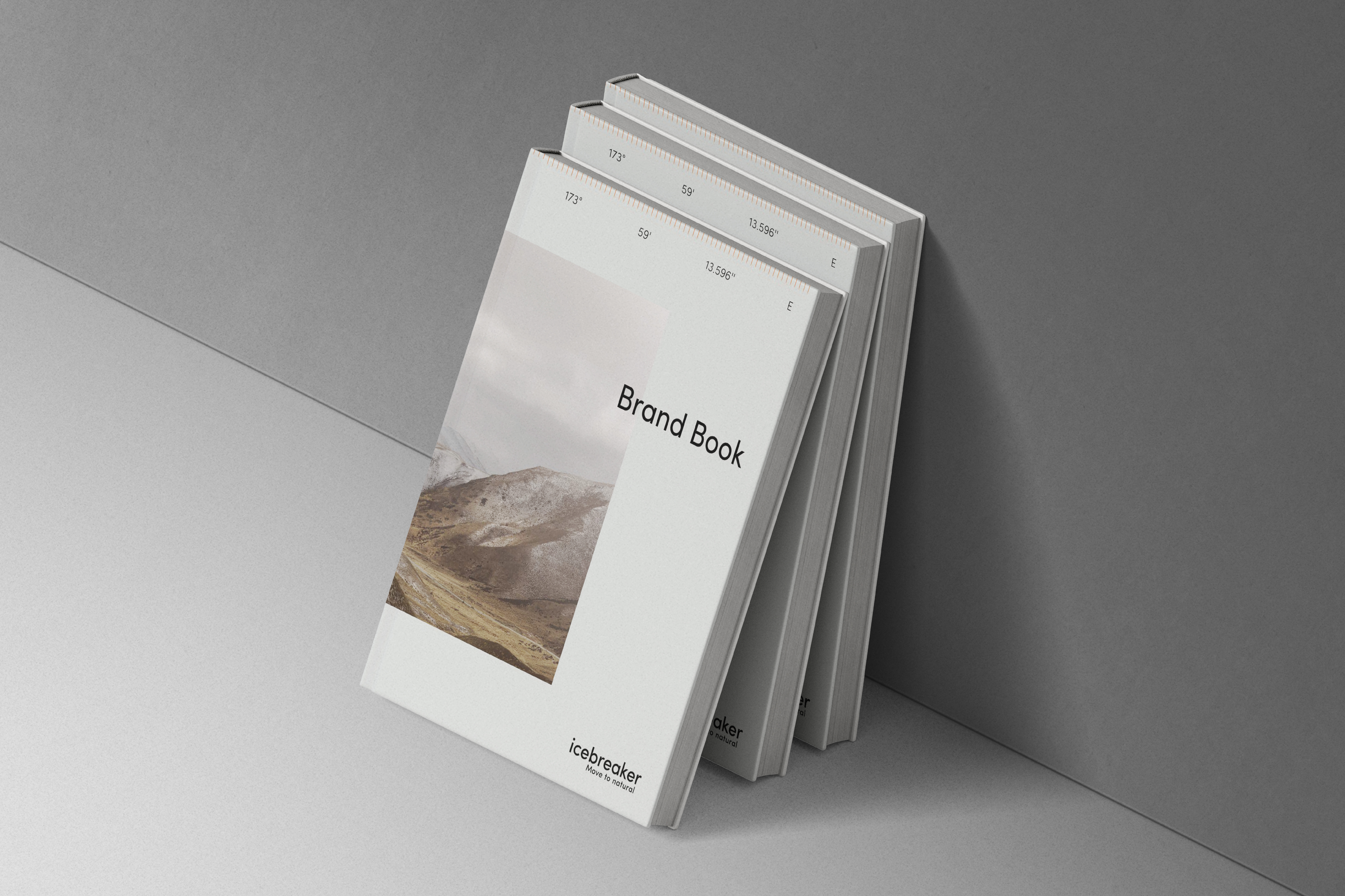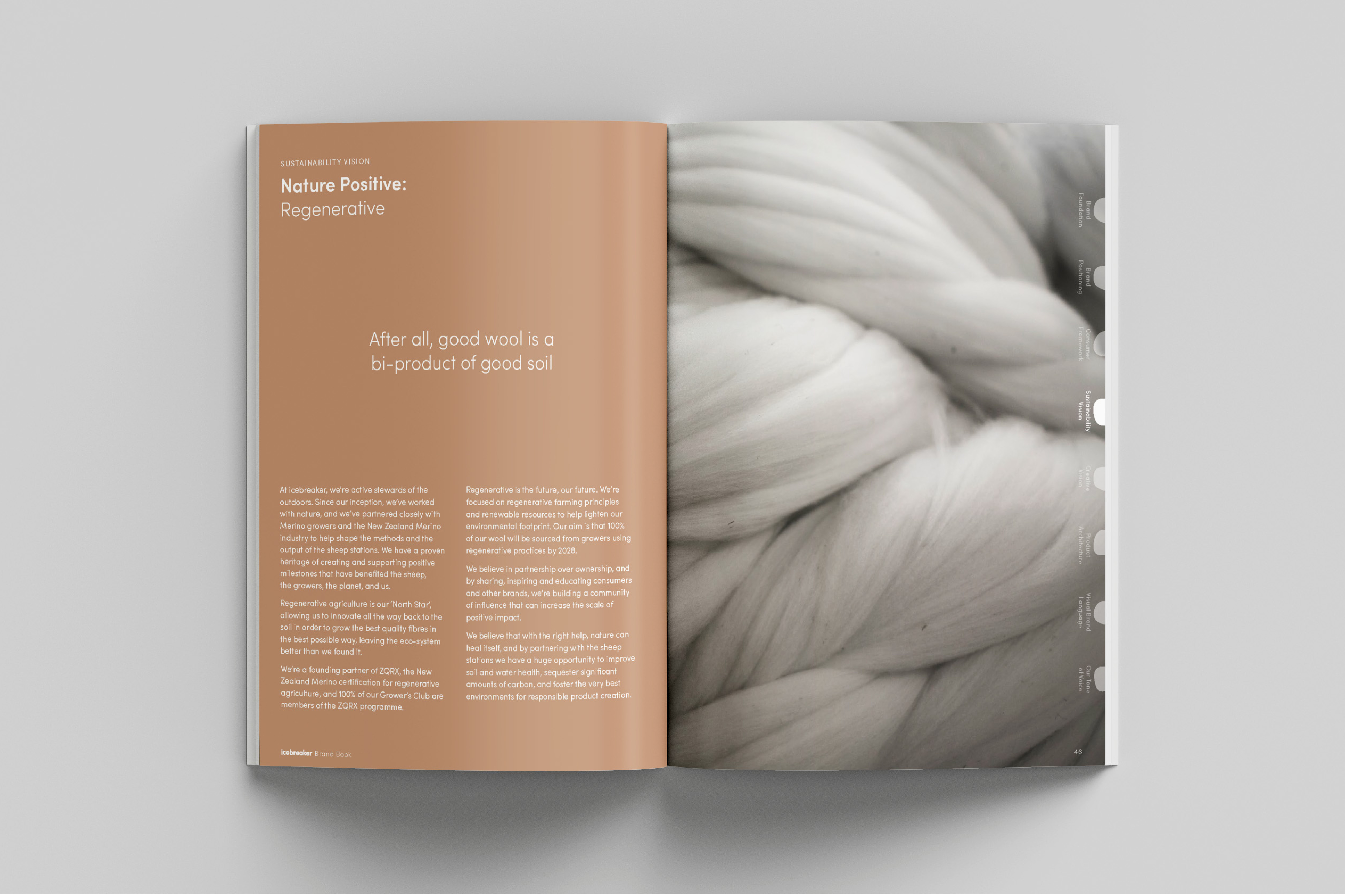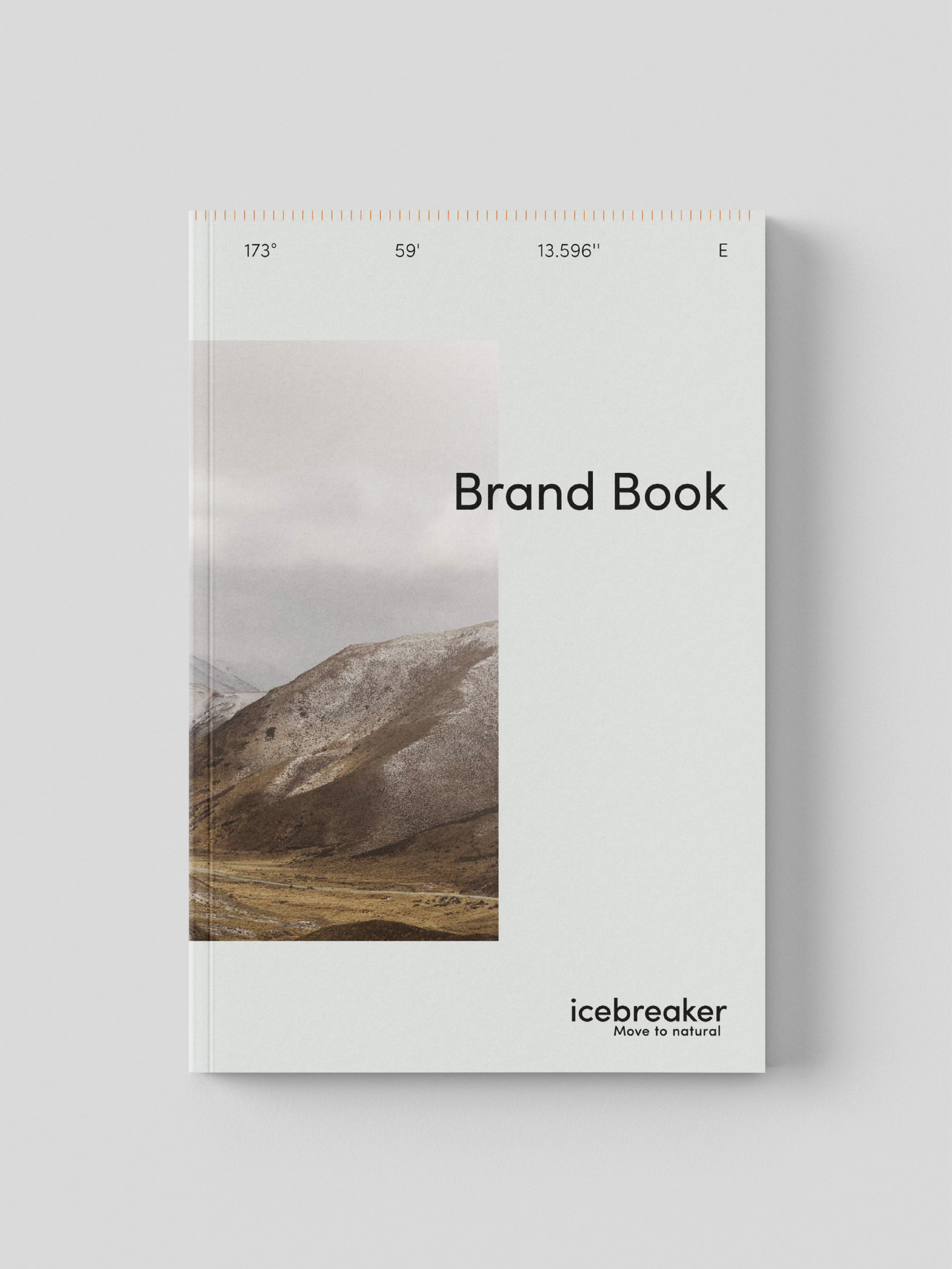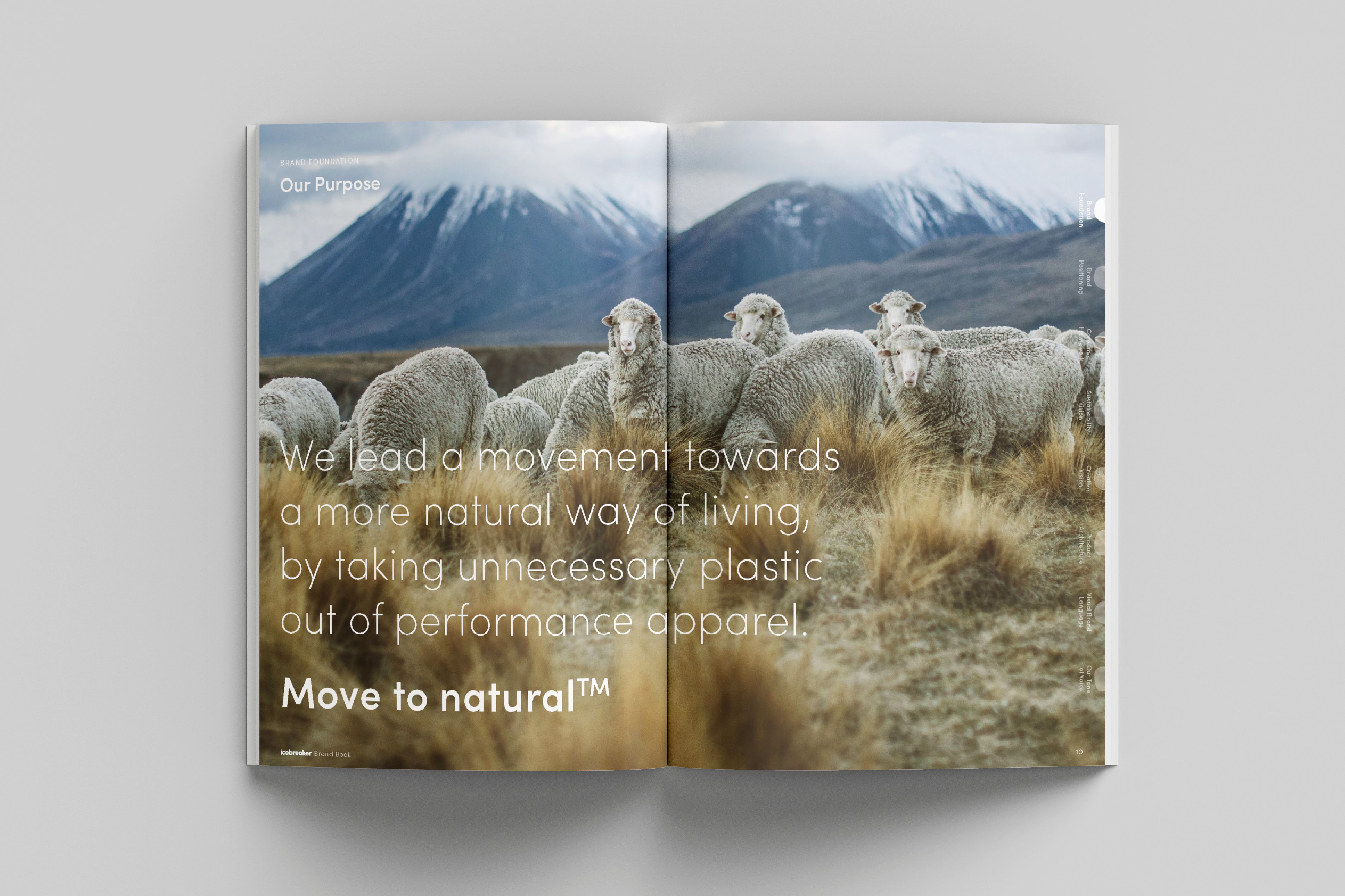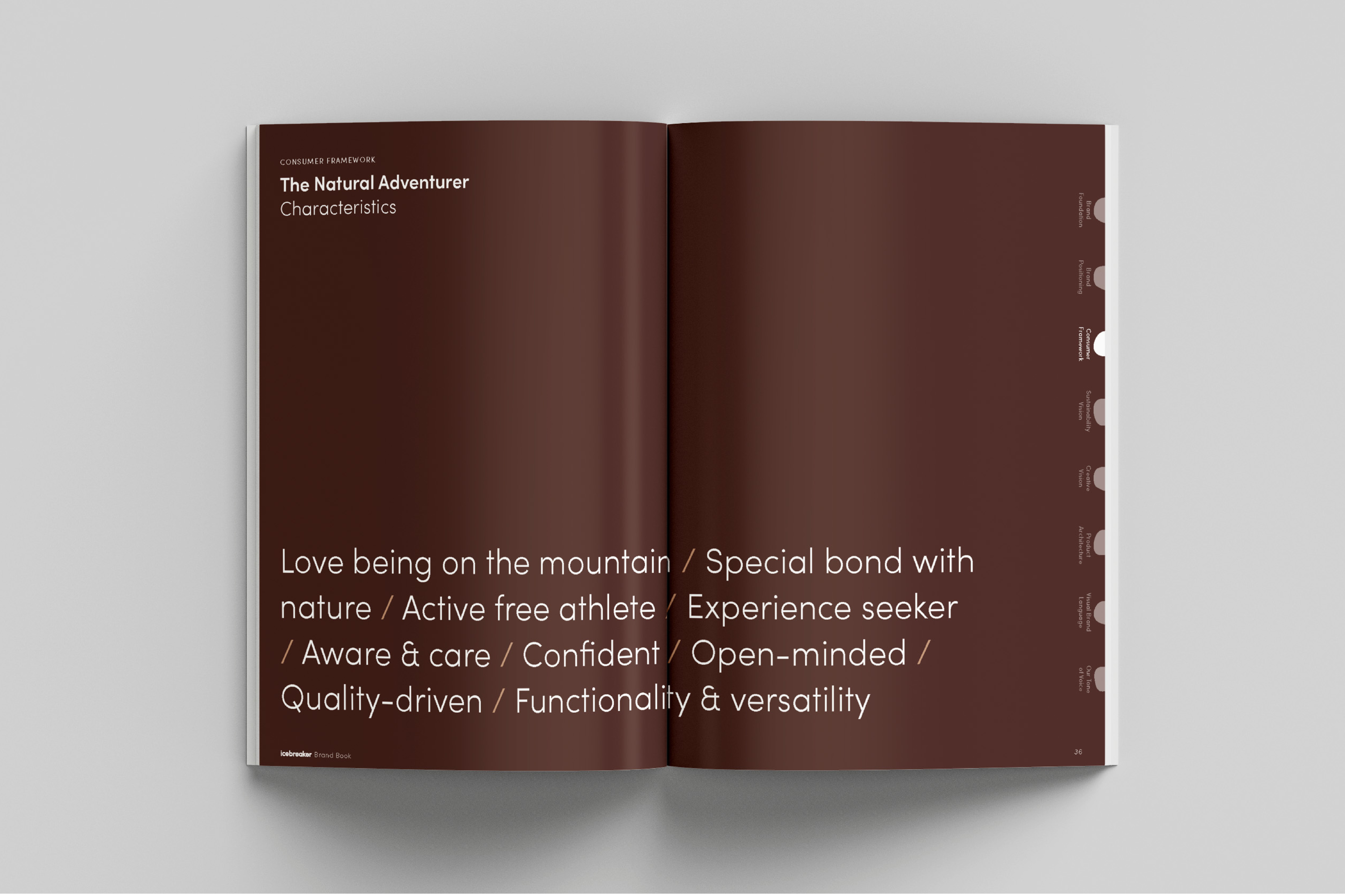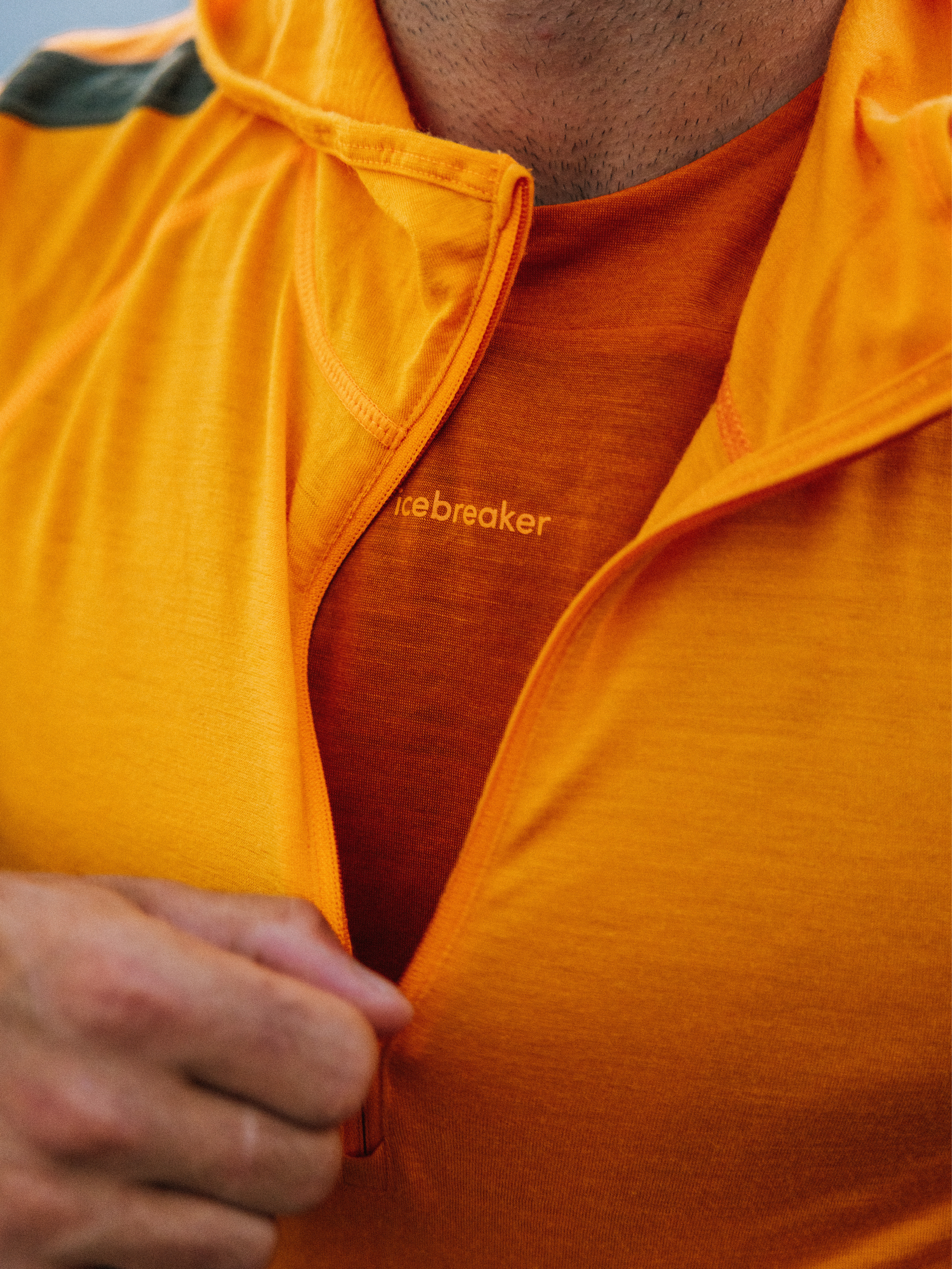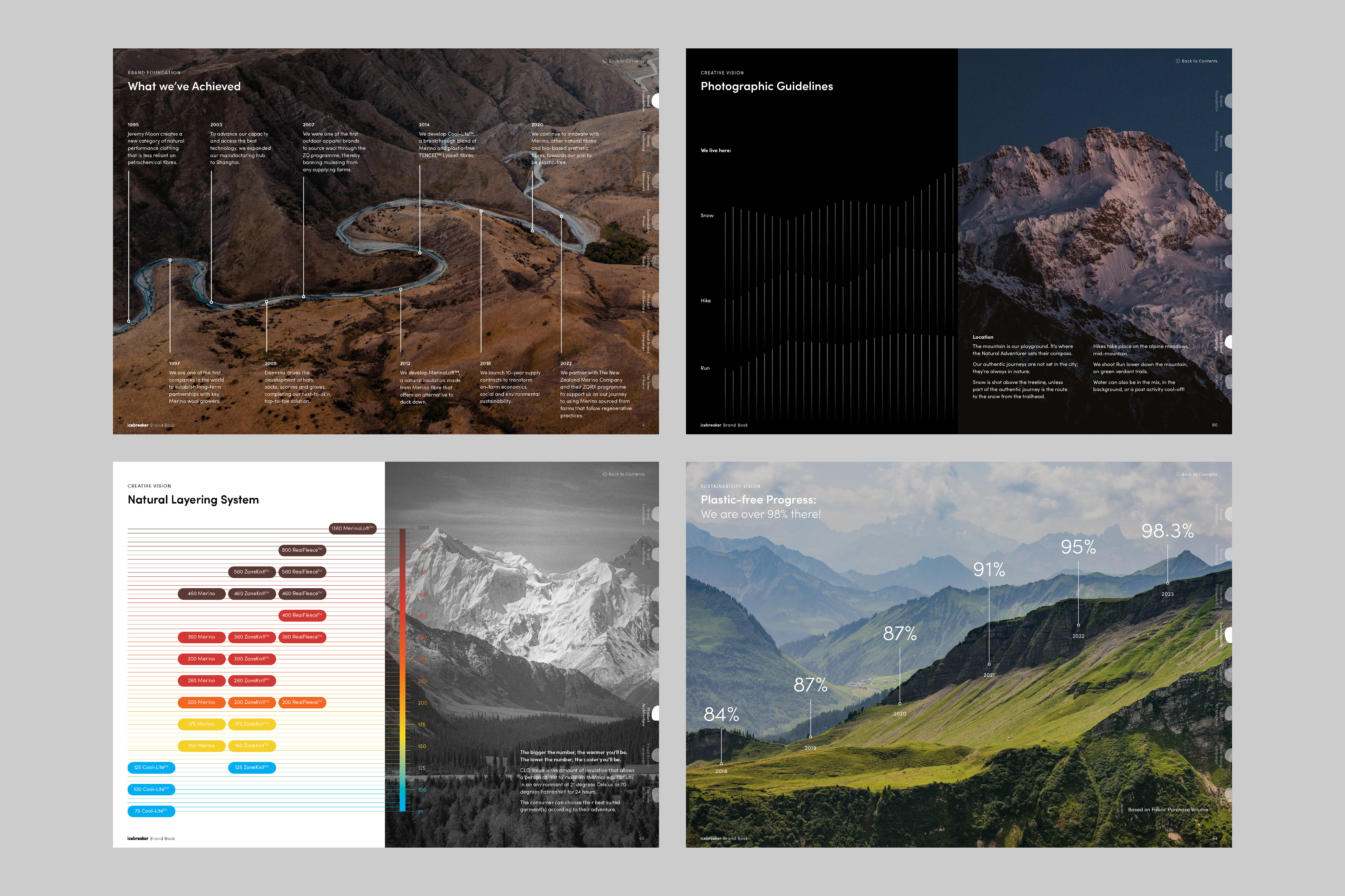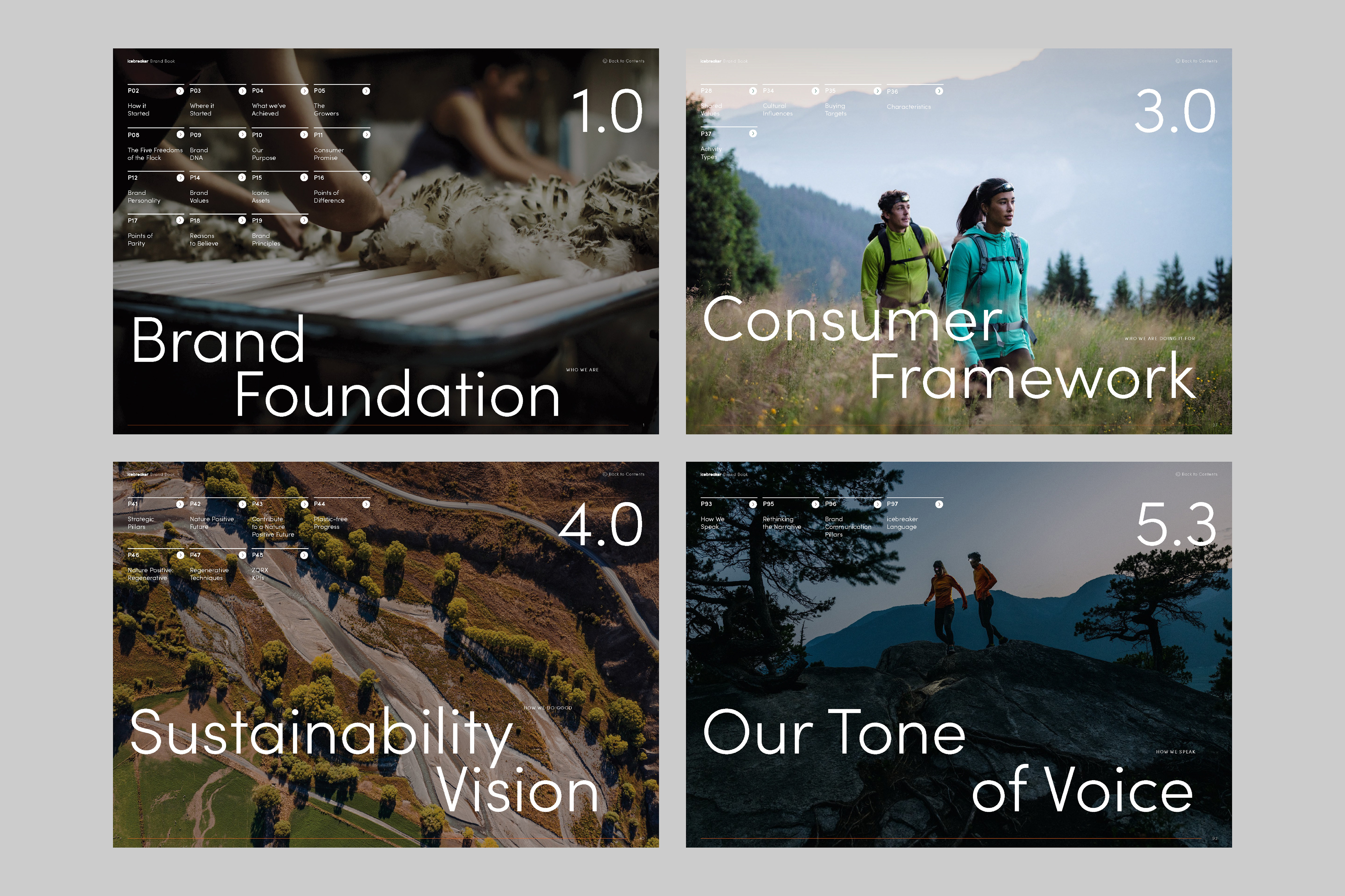We spent months scribbling ideas in cafés. What emerged was a philosophy: that a brand could behave like nature—adaptive, generous, and intelligent. That story became Icebreaker’s DNA, and it still holds.
At the time, the outdoor world was dominated by “hard adventure.” Brands built for hairy-legged men scaling the alps. But we saw something different: a category that celebrated “soft adventure”—urban walks, weekend escapes, a more inclusive invitation to reconnect with the natural world.
“This wasn’t about high performance—it was about high presence.”
Icebreaker’s use of merino offered a revolution for the skin. Comfortable, breathable, odour-resistant, it allowed people to layer up naturally—base, mid, outer—without plastics, chemicals, or compromise. It made nature wearable in ways that synthetic brands simply couldn’t match.
The Natural Commitment
The wider industry still struggles with this. Most outdoor apparel is dependent on synthetics, fossil fuels, and opaque supply chains. While some progress has been made, much of it is performative.
Icebreaker, by contrast, built a transparent, ethical supply model from the start. Long-term contracts with NZ growers. Animal welfare standards. The Baacode traceability system. A commitment to phasing out synthetics entirely. It wasn’t just words—it was action.
In this way, Icebreaker became more than a brand. It became a proof point—showing how performance, sustainability, and softness could live together in harmony.
Even now, as the climate conversation intensifies, Icebreaker remains ahead of the curve. Its values haven’t wavered. Its impact continues to inspire.
“Icebreaker is a brand that doesn’t tell you to be wild. It simply reminds you that you already are.”
All images contained within the Icebreaker brand book were supplied by the client.


